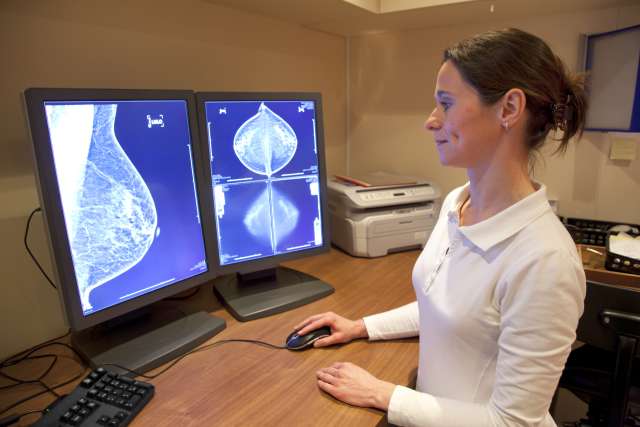Other than skin cancer, prostate cancer is the most common type of cancer in people assigned male at birth. One of the options for treating prostate cancer that has not yet spread to other parts of the body is radiation therapy, or radiotherapy, which uses high-energy particles to target cancer cells.
As part of radiotherapy, the patient’s body must be scanned and mapped to precisely target the prostate and the cancerous areas within it. This is done with computed tomography (CT), which makes pictures via X-ray, and/or magnetic resonance imaging (MRI), which uses strong magnetic fields to create images.
For patients who undergo radiotherapy for localized prostate cancer, the precise targeting capabilities of MRI guidance resulted in fewer toxicities and better quality of life than CT guidance, as judged by patients and the doctors treating them, according to new research from (JCCC) published January 12, 2023 in JAMA Oncology.
The advantages MRI-guided radiotherapy offer over CT-guided radiotherapy include “providing more focused treatment with less injury to nearby normal tissues and organs,” says Amar Kishan, MD, a radiation oncologist at the David Geffen School of Medicine at UCLA and the JCCC and the study’s lead author.
Stereotactic body radiotherapy for prostate cancer usually delivers radiation in five or fewer precisely targeted doses. It is an established and generally well-tolerated form of treatment, but it can cause toxicities leading to urinary, bowel and sexual dysfunction.
Unlike standard CT-based treatment platforms, this novel MRI-guided technology can monitor prostate motion directly and in real-time. It offers better soft tissue contrast, improving the accuracy of alignment prior to radiation, Dr. Kishan says.
“MRI technology is more costly than CT, both in terms of upfront equipment expenses and longer treatment times,” says Dr. Kishan, “which is one reason our study set out to determine if MRI-guided technology offers tangible benefits for patients.”
This clinical trial, Magnetic Resonance Imaging-Guided Stereotactic Body Radiotherapy for Prostate Cancer (MIRAGE), was led at UCLA and included 154 patients with prostate cancer who were randomly assigned to either a CT-guidance arm (76 patients) or an MRI-guidance arm (78 patients). The 2-millimeter margin used with MRI-guidance in the trial is narrower than has been used in any previous large study.
A unique aspect of the study was its inclusion of outcome measures assessed by patients as well as physicians. From both perspectives, MRI-guided therapy was associated with fewer side effects and better quality of life over at least three months of follow-up.
“In this trial, we demonstrated that the reduction in treatment volumes facilitated by MRI guidance leads to a significant reduction in moderate physician-scored toxicity and to a reduction in the proportion of patients noting significant decrements in patient-reported outcome metrics in the near term,” Dr. Kishan says.
“Although additional studies will need to confirm these benefits over time, we’re hopeful that these results will lead to better outcomes for men with prostate cancer.”
To learn more, visit the UCLA Prostate Cancer Program, part of the Institute of Urologic Oncology at the .
Related:




